当前位置:
X-MOL 学术
›
Nanophotonics
›
论文详情
Our official English website, www.x-mol.net, welcomes your
feedback! (Note: you will need to create a separate account there.)
Strong coupling between WS2 monolayer excitons and a hybrid plasmon polariton at room temperature
Nanophotonics ( IF 6.6 ) Pub Date : 2024-04-12 , DOI: 10.1515/nanoph-2024-0021 Yuhao Zhang 1 , Hans-Joachim Schill 1 , Stephan Irsen 2 , Stefan Linden 1
Nanophotonics ( IF 6.6 ) Pub Date : 2024-04-12 , DOI: 10.1515/nanoph-2024-0021 Yuhao Zhang 1 , Hans-Joachim Schill 1 , Stephan Irsen 2 , Stefan Linden 1
Affiliation
Light–matter interactions between plasmonic and excitonic modes have attracted considerable interest in recent years. A major challenge in achieving strong coupling is the identification of suitable metallic nanostructures that combine tight field confinement with sufficiently low losses. Here, we report on a room-temperature study on the interaction of tungsten disulfide (WS2 ) monolayer excitons with a hybrid plasmon polariton (HPP) mode supported by nanogroove grating structures milled into single-crystalline silver flakes. By engineering the depth of the nanogroove grating, we can change the character of the HPP mode from propagating surface plasmon polariton-like (SPP-like) to localized surface plasmon resonance-like (LSPR-like). Using reflection spectroscopy, we demonstrate strong coupling with a Rabi splitting of 68 meV between the WS2 monolayer excitons and the lower HPP branch for an optimized nanograting configuration with 60 nm deep nanogrooves. In contrast, only weak coupling between the constituents is observed for shallower and deeper nanogratings since either the field confinement provided by the HPP is not sufficient or the damping is too large. The possibility to balance the field confinement and losses render nanogroove grating structures an attractive platform for future applications.
中文翻译:

在室温下 WS2 单层激子与杂化等离子体极化激元之间的强偶联
近年来,等离激元模式和激子模式之间的光-物质相互作用引起了相当大的兴趣。实现强耦合的一个主要挑战是确定合适的金属纳米结构,这些结构将紧密场限制与足够低的损耗相结合。在这里,我们报告了一项关于二硫化钨 (WS2) 单层激子与混合等离激元极化激元 (HPP) 模式相互作用的研究,该模式由研磨成单晶银片的纳米槽光栅结构支持。通过设计纳米槽光栅的深度,我们可以将 HPP 模式的特性从传播表面等离激元极化激元样(SPP 类)更改为局部表面等离激元共振样(LSPR 类)。使用反射光谱,我们展示了 WS2 单层激子和下部 HPP 分支之间 68 meV 的 Rabi 分裂的强耦合,以实现具有 60 nm 深纳米槽的优化纳米光栅配置。相比之下,对于较浅和较深的纳米格栅,仅观察到成分之间的弱耦合,因为 HPP 提供的场约束不足或阻尼太大。平衡场限和损耗的可能性使纳米槽光栅结构成为未来应用的一个有吸引力的平台。
更新日期:2024-04-12
中文翻译:

在室温下 WS2 单层激子与杂化等离子体极化激元之间的强偶联
近年来,等离激元模式和激子模式之间的光-物质相互作用引起了相当大的兴趣。实现强耦合的一个主要挑战是确定合适的金属纳米结构,这些结构将紧密场限制与足够低的损耗相结合。在这里,我们报告了一项关于二硫化钨 (WS2) 单层激子与混合等离激元极化激元 (HPP) 模式相互作用的研究,该模式由研磨成单晶银片的纳米槽光栅结构支持。通过设计纳米槽光栅的深度,我们可以将 HPP 模式的特性从传播表面等离激元极化激元样(SPP 类)更改为局部表面等离激元共振样(LSPR 类)。使用反射光谱,我们展示了 WS2 单层激子和下部 HPP 分支之间 68 meV 的 Rabi 分裂的强耦合,以实现具有 60 nm 深纳米槽的优化纳米光栅配置。相比之下,对于较浅和较深的纳米格栅,仅观察到成分之间的弱耦合,因为 HPP 提供的场约束不足或阻尼太大。平衡场限和损耗的可能性使纳米槽光栅结构成为未来应用的一个有吸引力的平台。



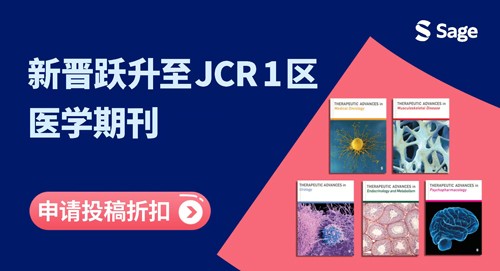







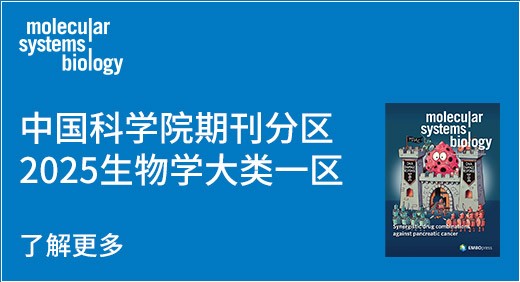


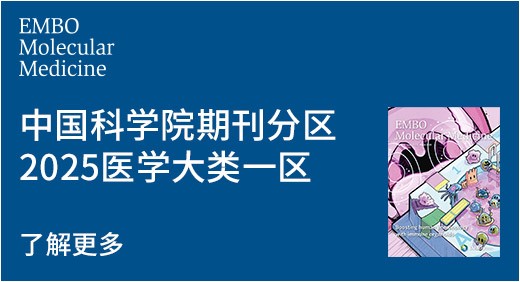






































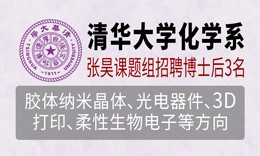
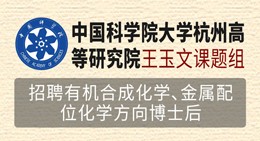







 京公网安备 11010802027423号
京公网安备 11010802027423号